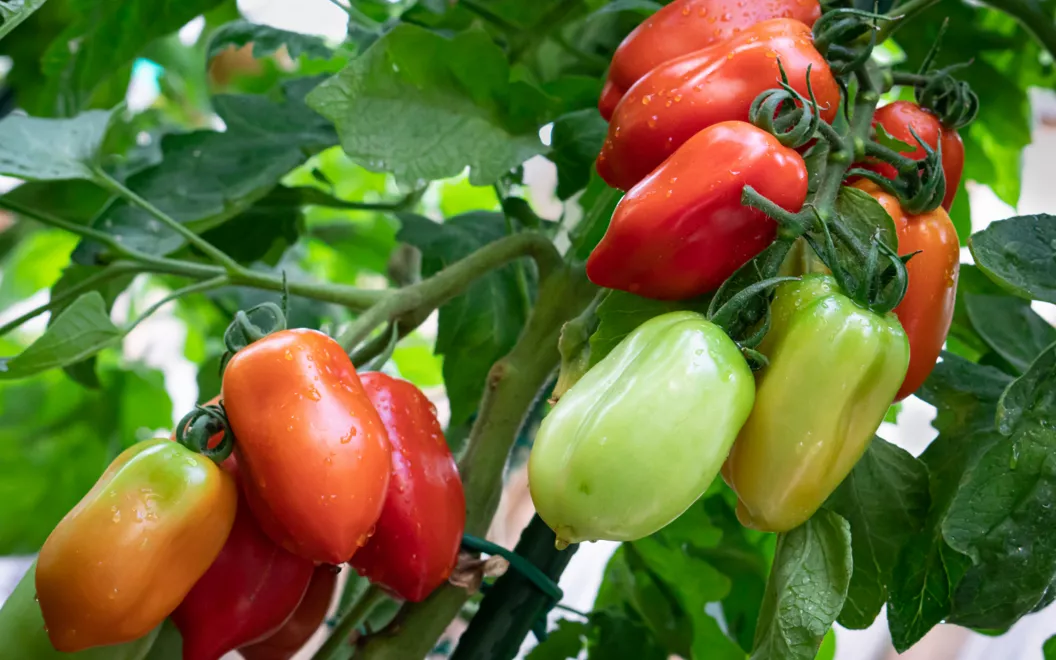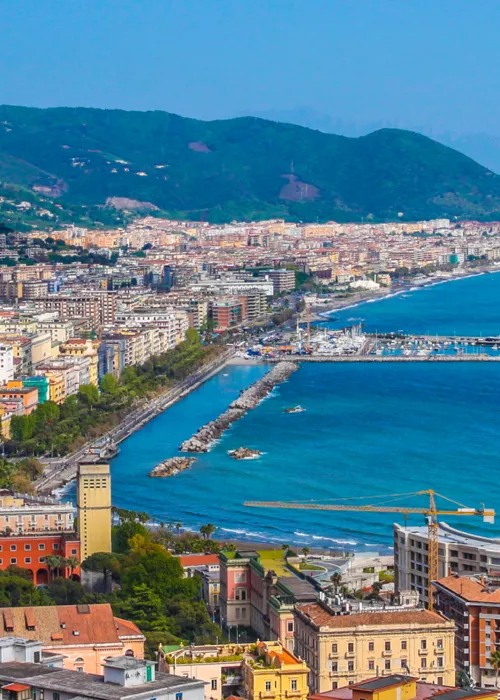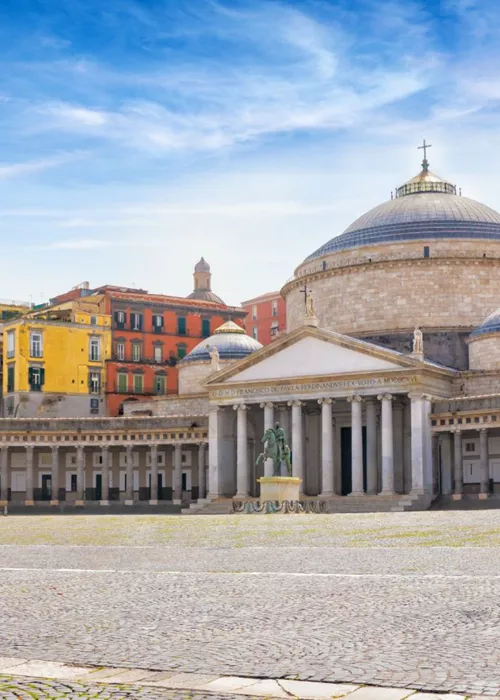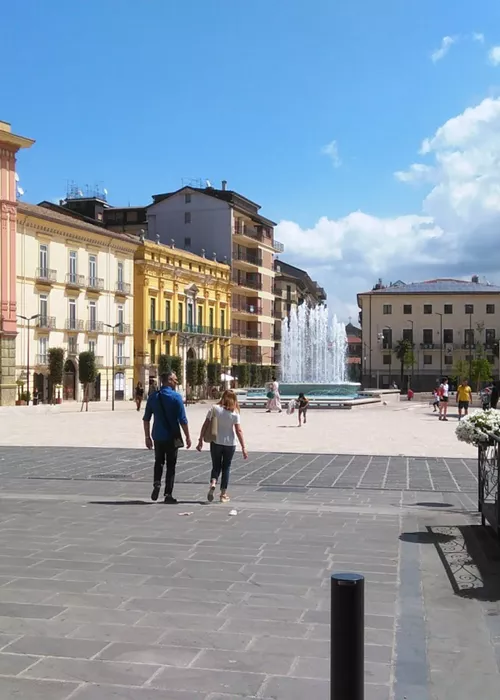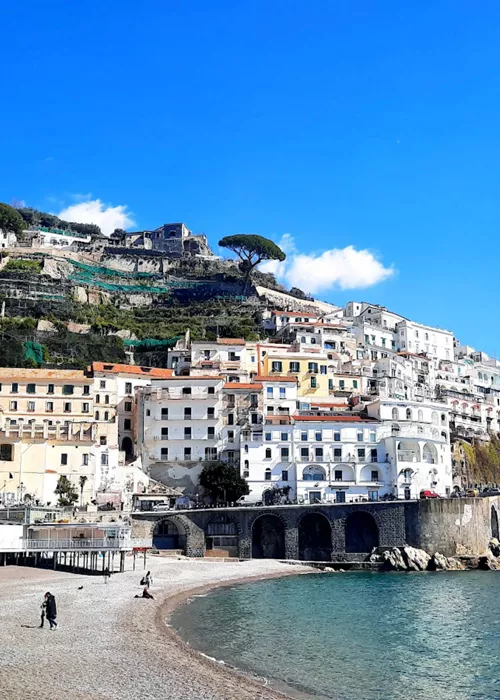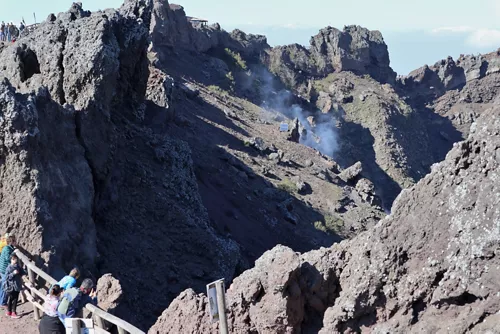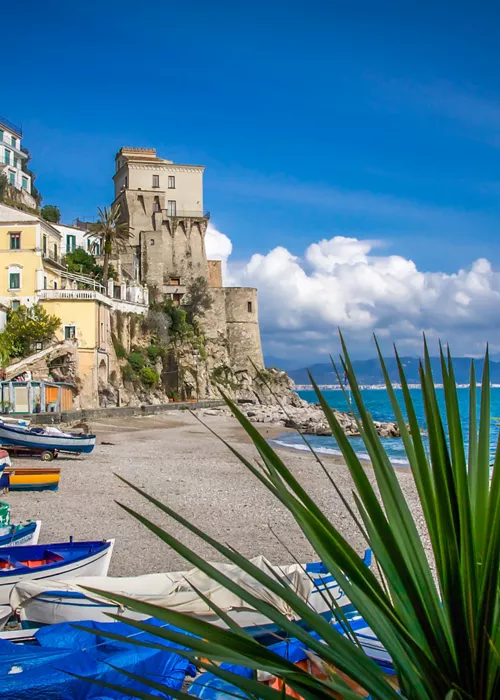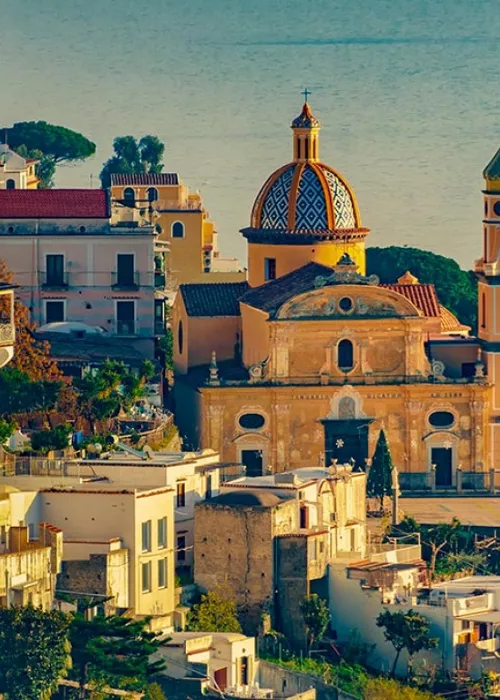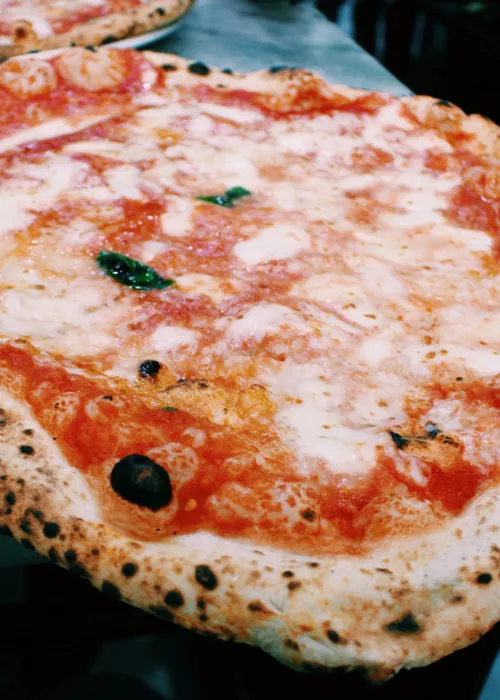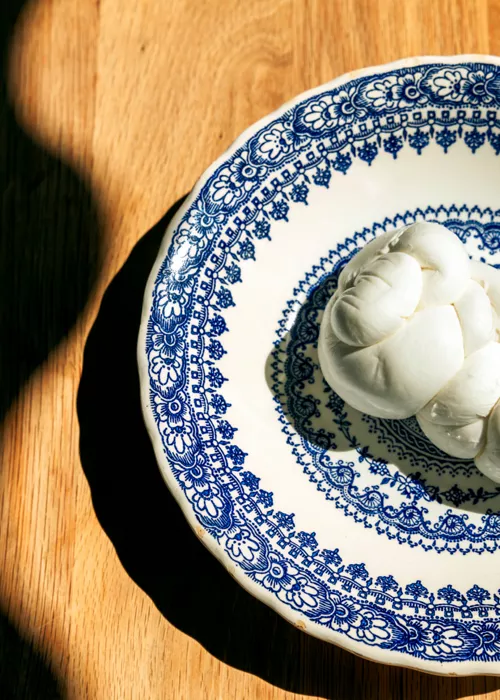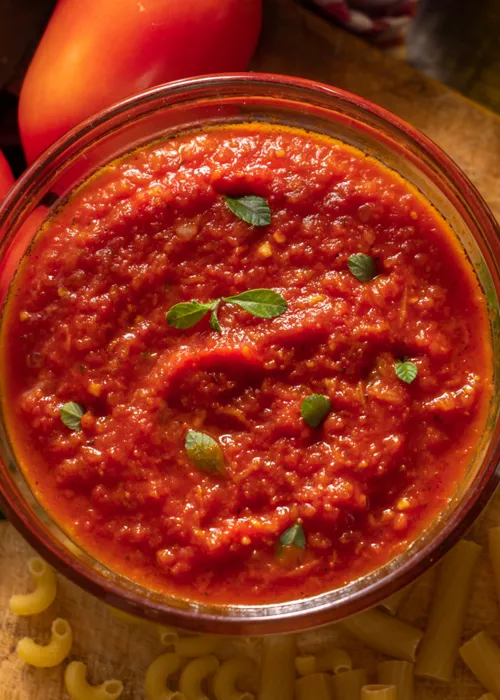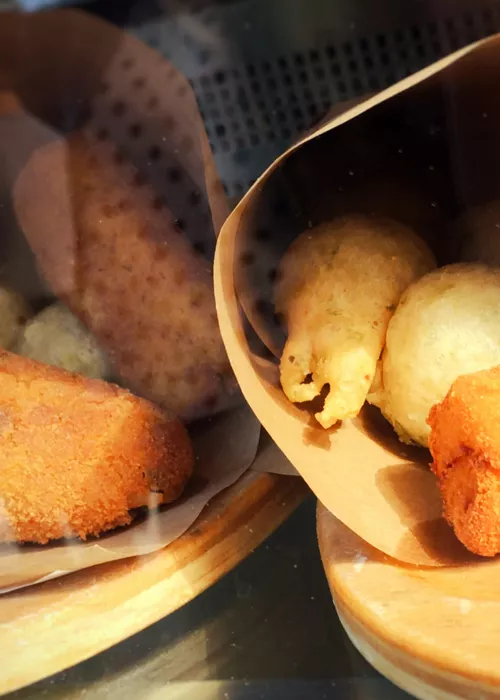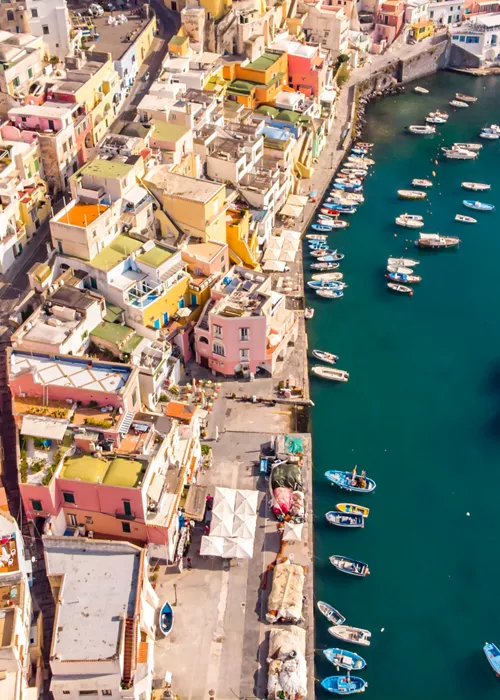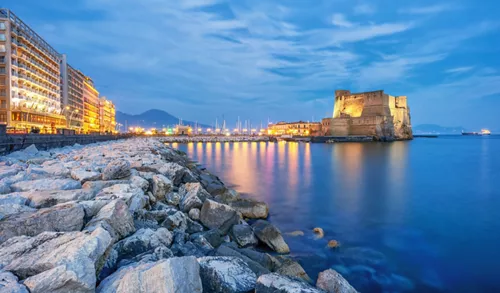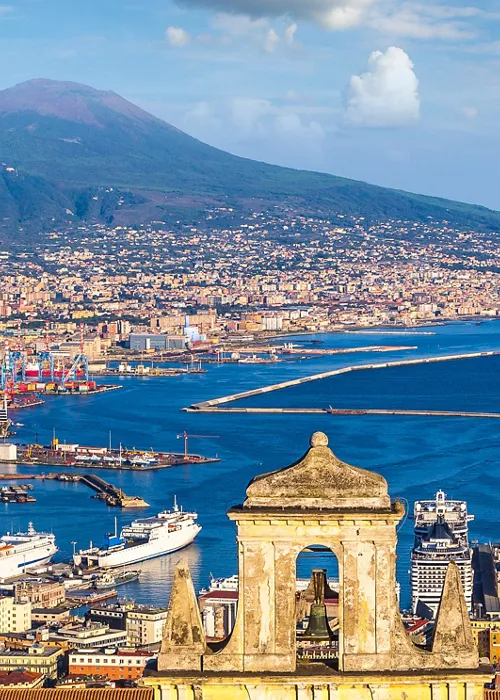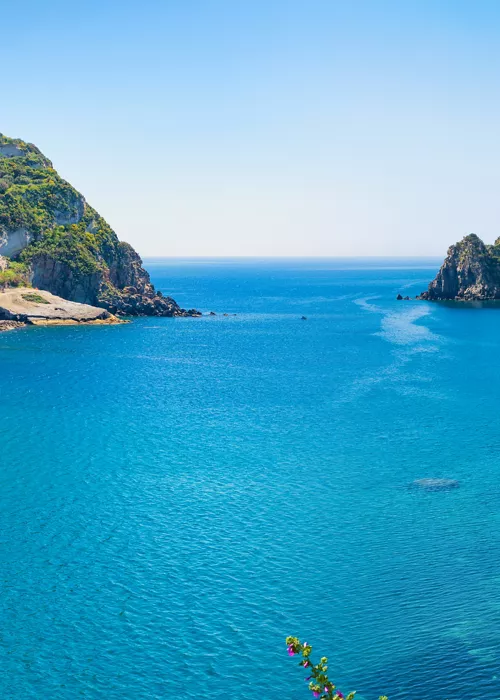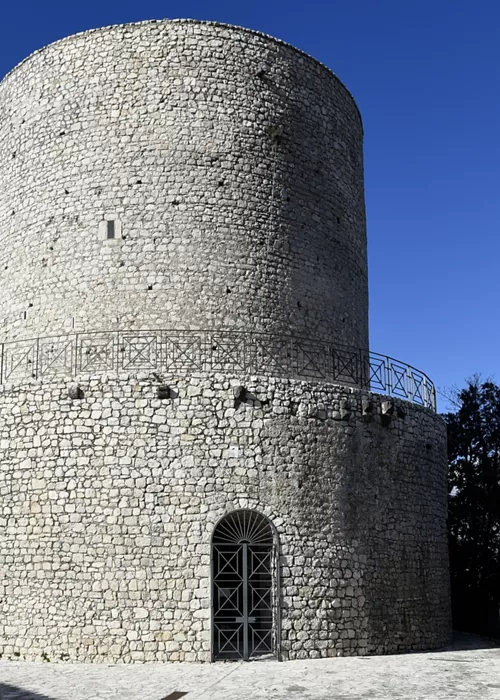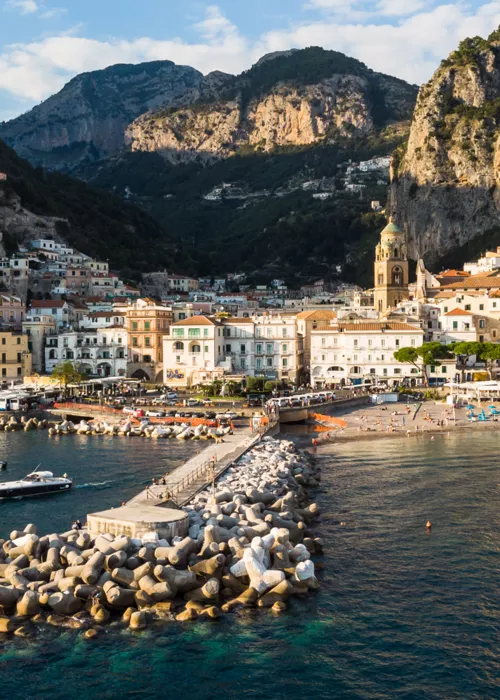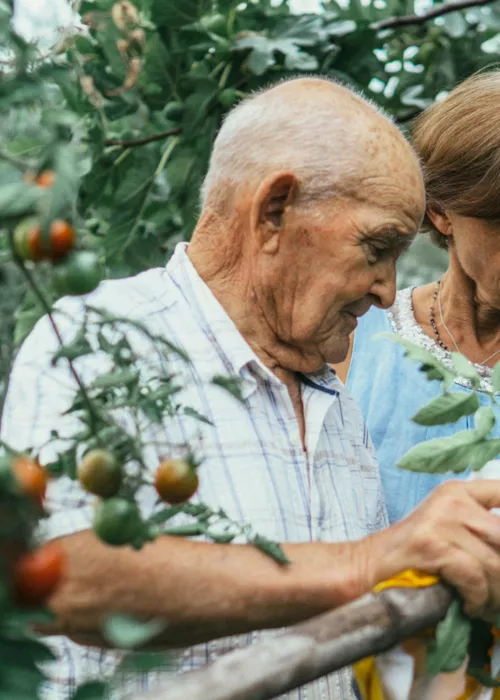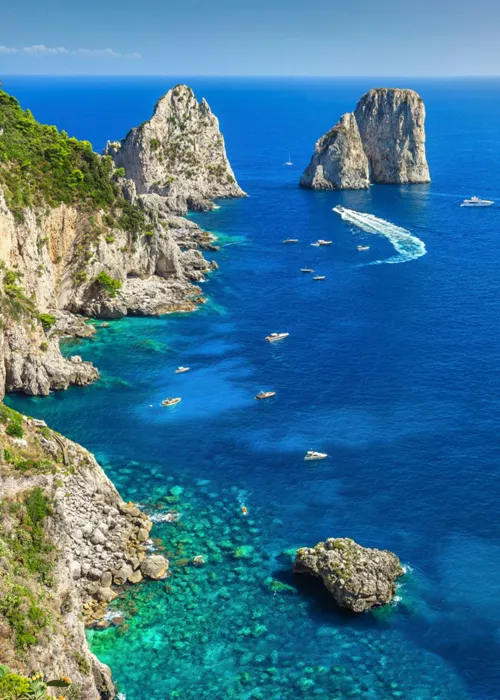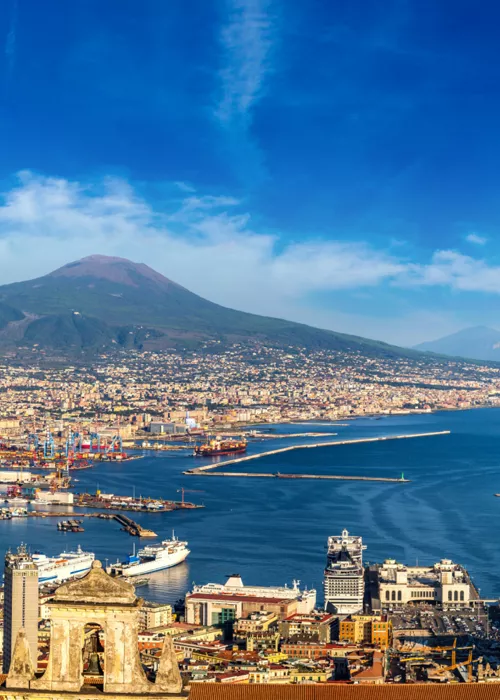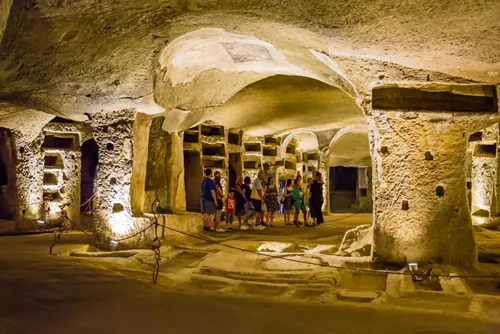The Campania region by way of Gino Sorbillo’s pizza
3 minutes
History of the San Marzano PDO Tomato and other gastronomic wonders of Campania
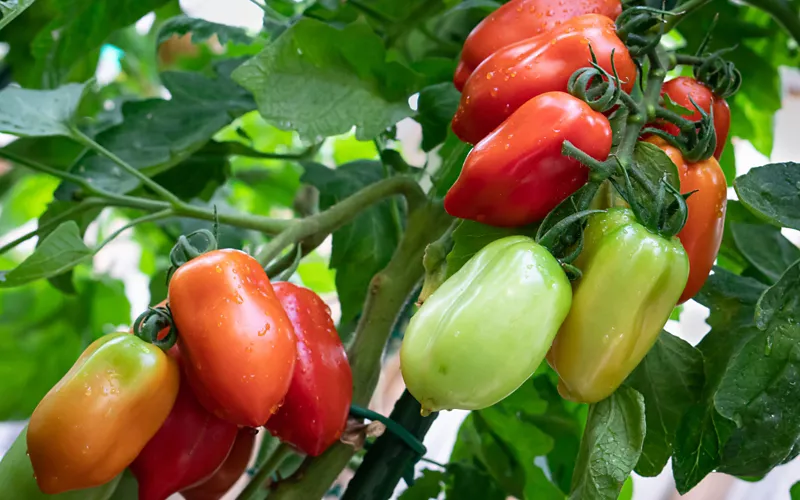
According to tradition, the first tomato seed arrived in Italy around 1770: it was a gift from the Viceroy of Peru to the Kingdom of Naples and was planted in the countryside of San Marzano sul Sarno, in the province of Salerno, where it immediately adapted to the volcanic soil. Thus, the San Marzano tomato PDO was born, also called the red gold of Campania, because of its economic value for local farmers.
Legend aside, the first historical evidence of this tomato dates back to the early 20th century, presenting proof of its location between Nocera, San Marzano and Sarno. Beloved by the housewives of Campania to season pasta for Sunday lunch, San Marzano went on to conquer all Italian tables with the birth of food preservation industries. In fact, on account of their elongated shape and fleshy pulp, with little water and few seeds, they can be processed into peeled tomatoes or a purée while still retaining their flavour even with quick cooking. Today, they are cultivated in 41 municipalities in the provinces of Salerno, Naples and Avellino.
In addition to the San Marzano tomato PDO
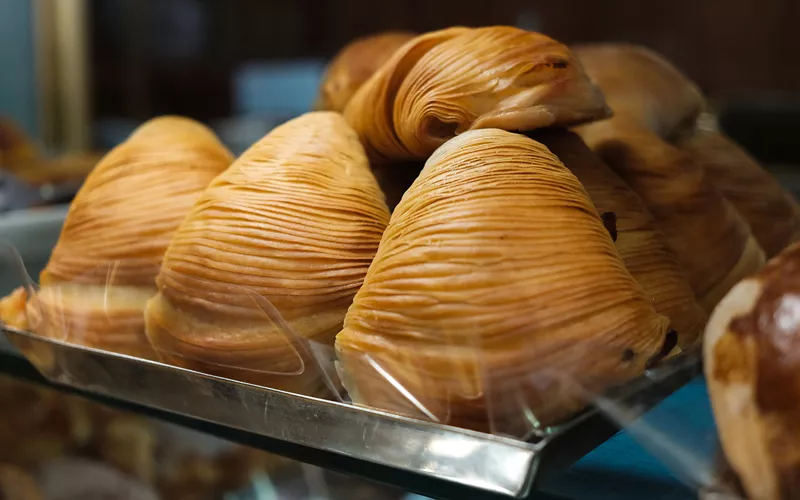
Its sweet and sour flavour is perfect for making tomato sauce, with which to season perhaps another food treasure of Campania: Pasta di Gragnano IGP, produced using bronze dies, and famous because it always remains al dente.
Obviously, San Marzano is the perfect tomato for dressing pizza, the symbol of Campania cuisine, perhaps accompanied by a Fiordilatte di Agerola DOP or the Mozzarella di Bufala DOP. This last delicacy arrived in Campania as far back as the Norman era, since it was they who introduced buffaloes to Italy, and is named after the term “mozzare”, which indicates the way in which this unique cheese is still worked by hand in dairies today, taking a piece of spun curd and separating the mozzarella one by one.
Unique flavours linked to the history of the area, such as the Sfusato Amalfitano or the IGP Amalfi lemons, bright yellow citrus fruits and a strong scent that are cultivated on the Coast since a decree of the Republic of Amalfi obliged all ships to keep a supply of lemons on board, so as to prevent scurvy among sailors. You can enjoy its unique flavour in the scialatelli with lemon, a delicious dish where fresh egg pasta typical of the Amalfi Coast meets lemon, accompanied by shrimp and cherry tomatoes. Perhaps using the Pomodorino del Piennolo del Vesuvio DOP, a very old product from Campania with a deep red colour and slightly bitter taste, which is even represented in the traditional nativity scene and is cultivated right on the slopes of the volcano.
From the seafaring tradition of the Amalfi Coast comes the spaghetti with colatura di alici, typical of the fishing village of Cetara. Here, even today, salted anchovies are still pressed to make this unique sauce with a strong flavour and its amber colour.
In confectionery, the variety and inventiveness of Campania's cuisine is at its best. For example in the sfogliatella riccia (with puff pastry) or frolla (with shortcrust pastry), originated, according to legend, by chance in the monastery of Santa Rosa da Lima in Conca dei Marini near Salerno. Or in the Neapolitan pastiera, a symbol of Easter, made with wheat, orange blossom water, candied fruit and shortcrust pastry, and in the torta caprese, also the result of an error made by pastry chef Carmine Di Fiore in the 1920s: he was preparing a cake with chocolate and almonds but forgot to put flour in it. Not to be forgotten is the babathe sweet symbol of Naples. It has a curious history: it was invented by the Polish king Stanislaus Leszcynsky in exile in Lorraine, the travelled to Paris, and later under Bourbon rule it came to Campania, where the recipe was perfected and it was given the typical mushroom shape that makes it inimitable.

